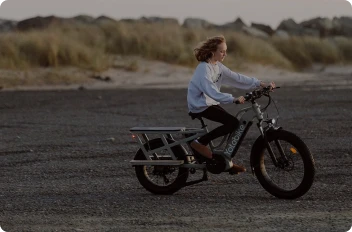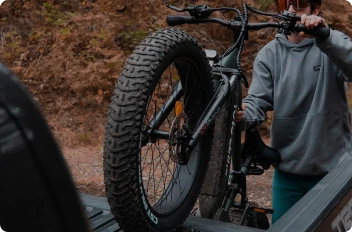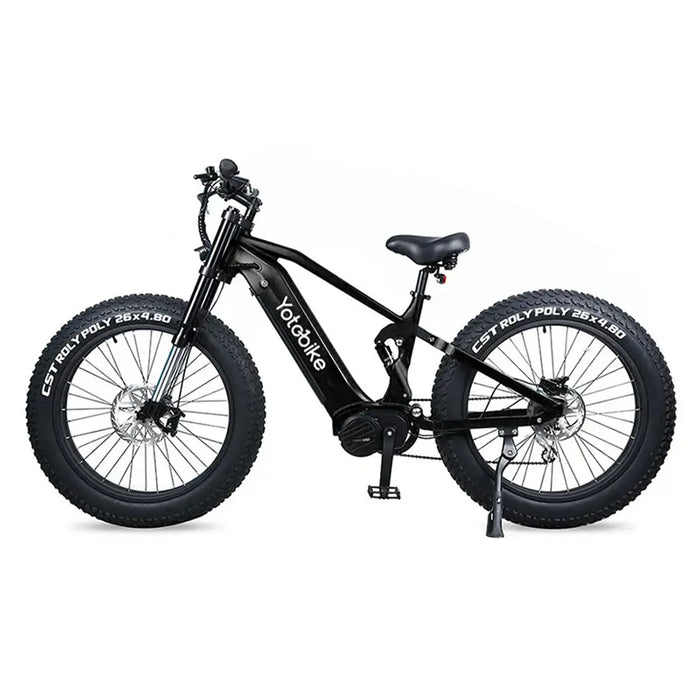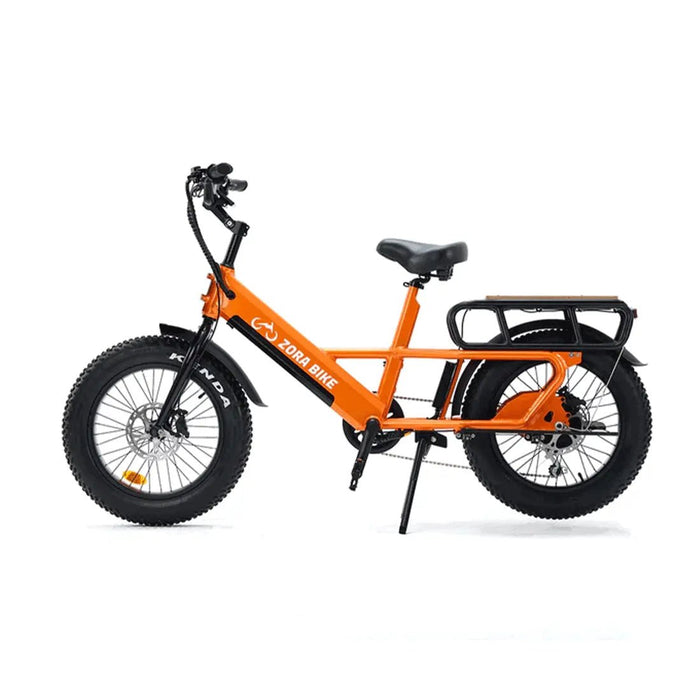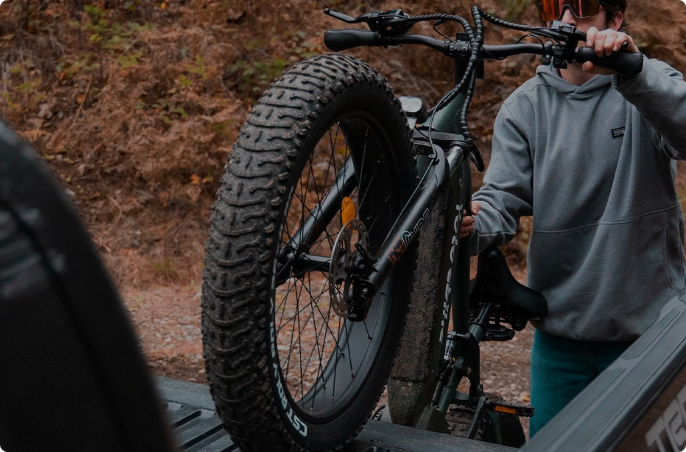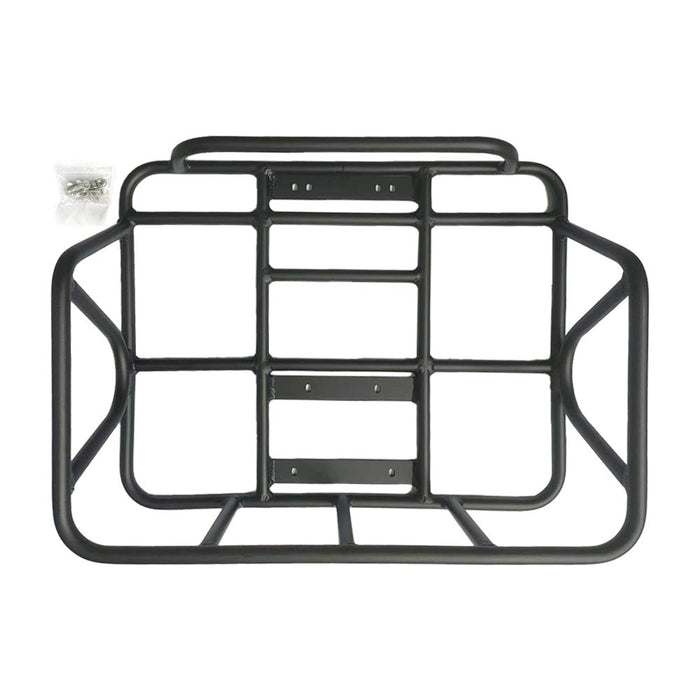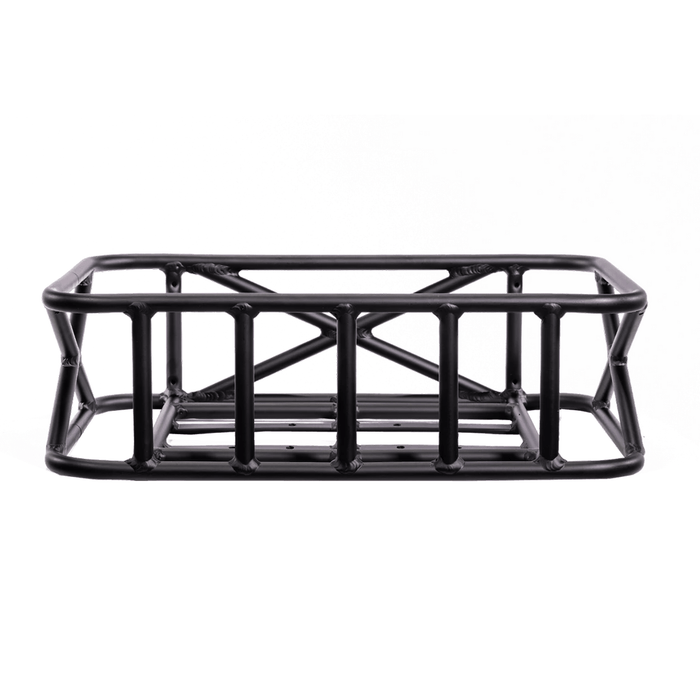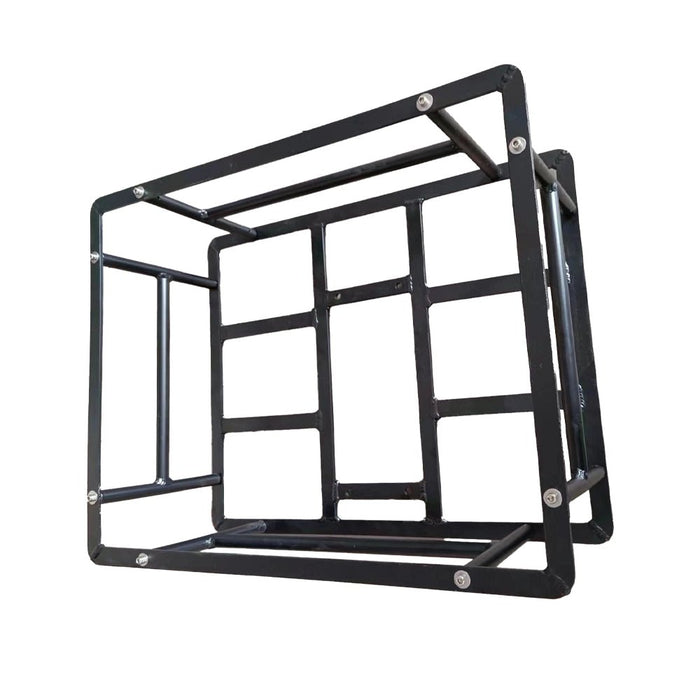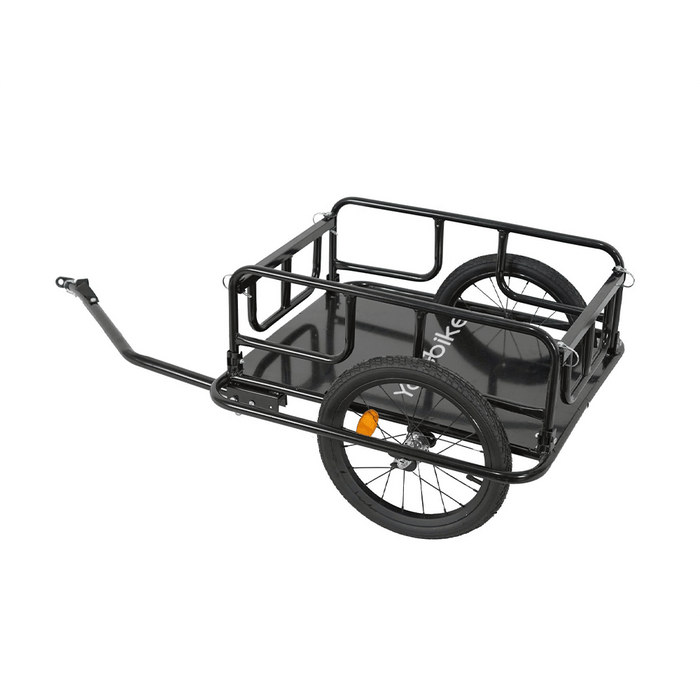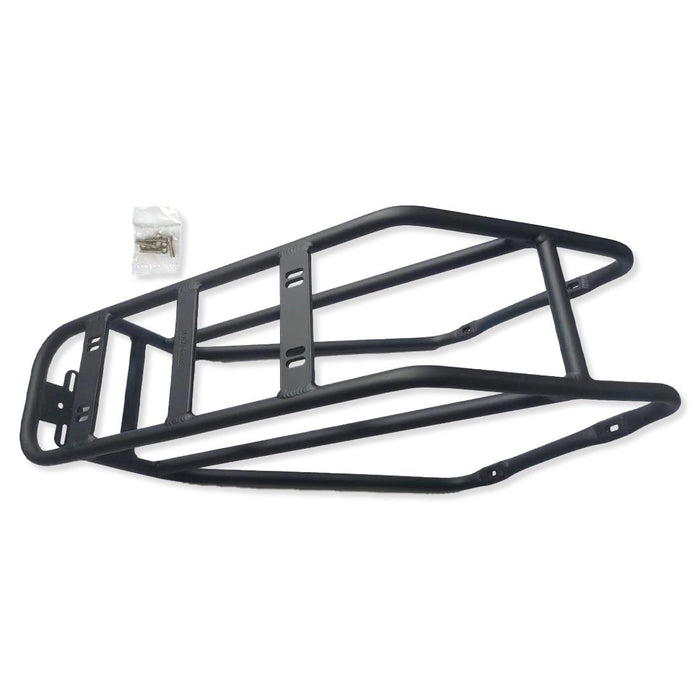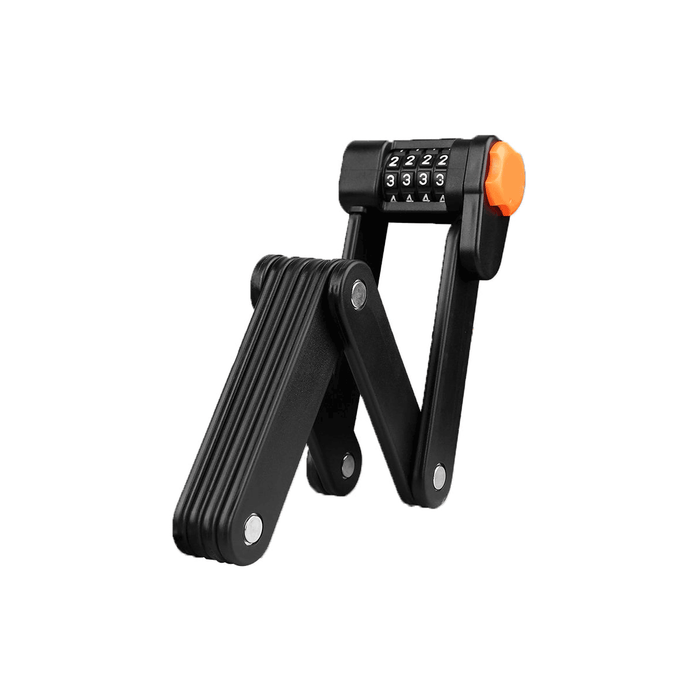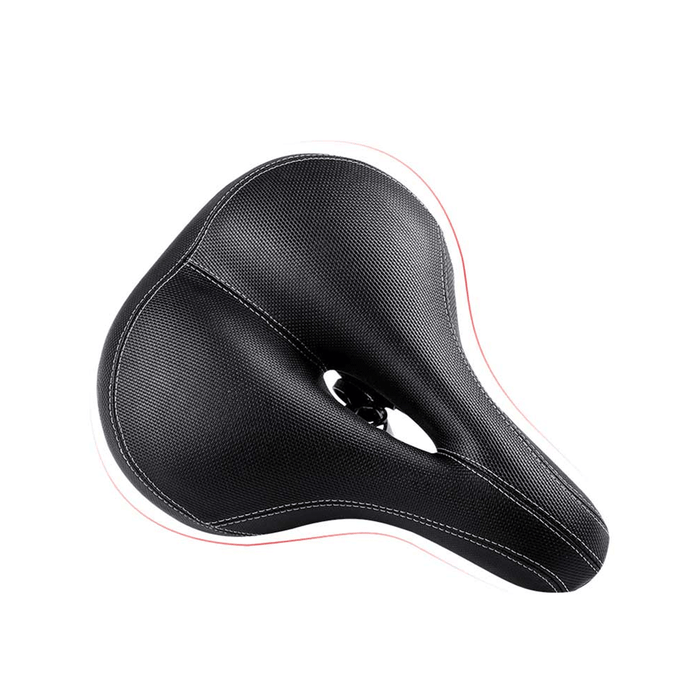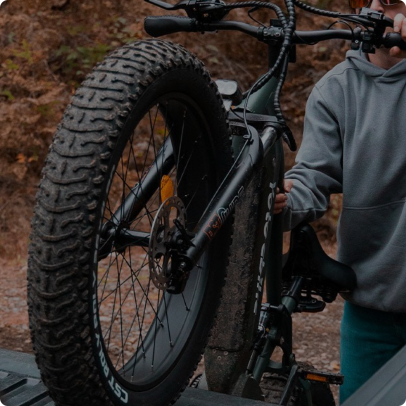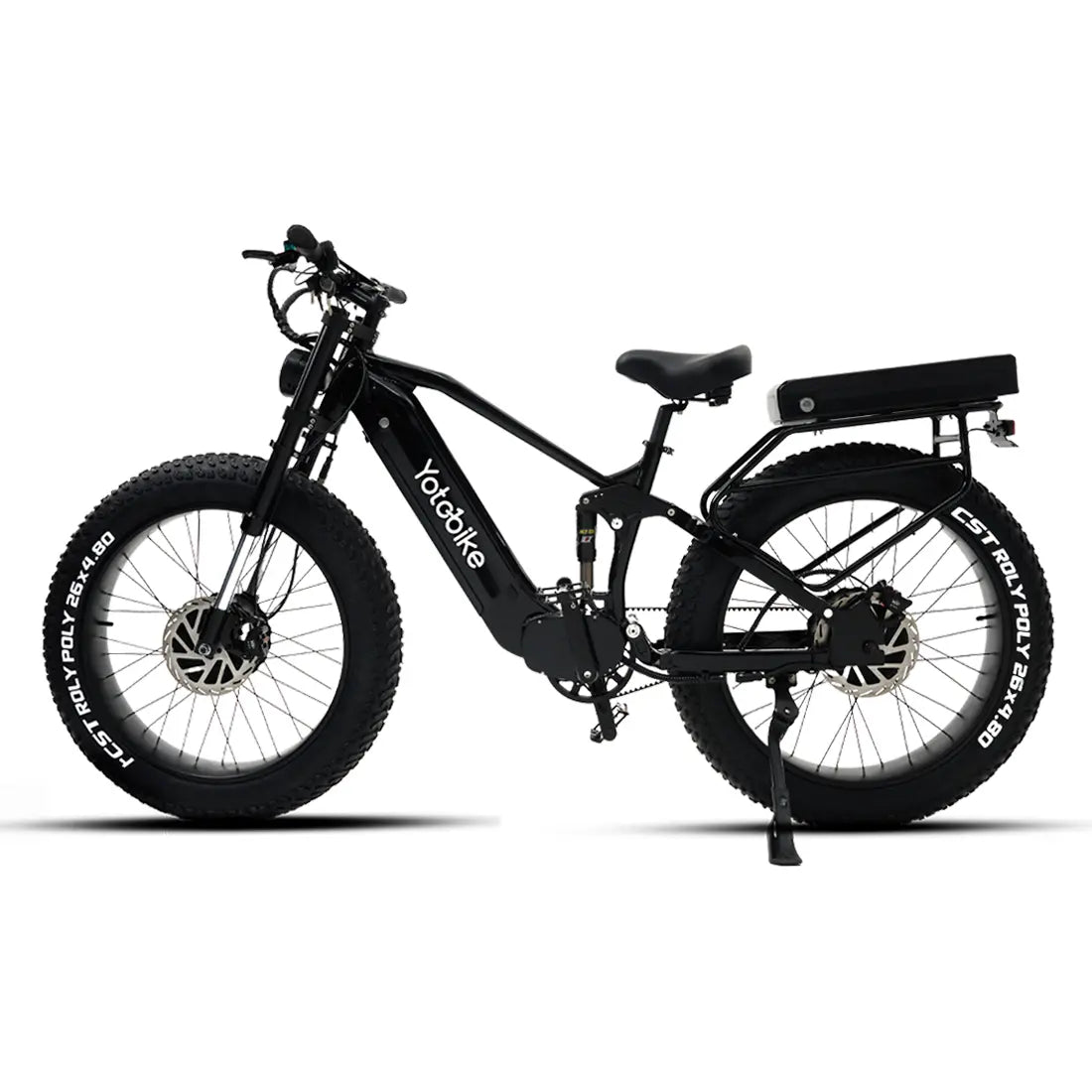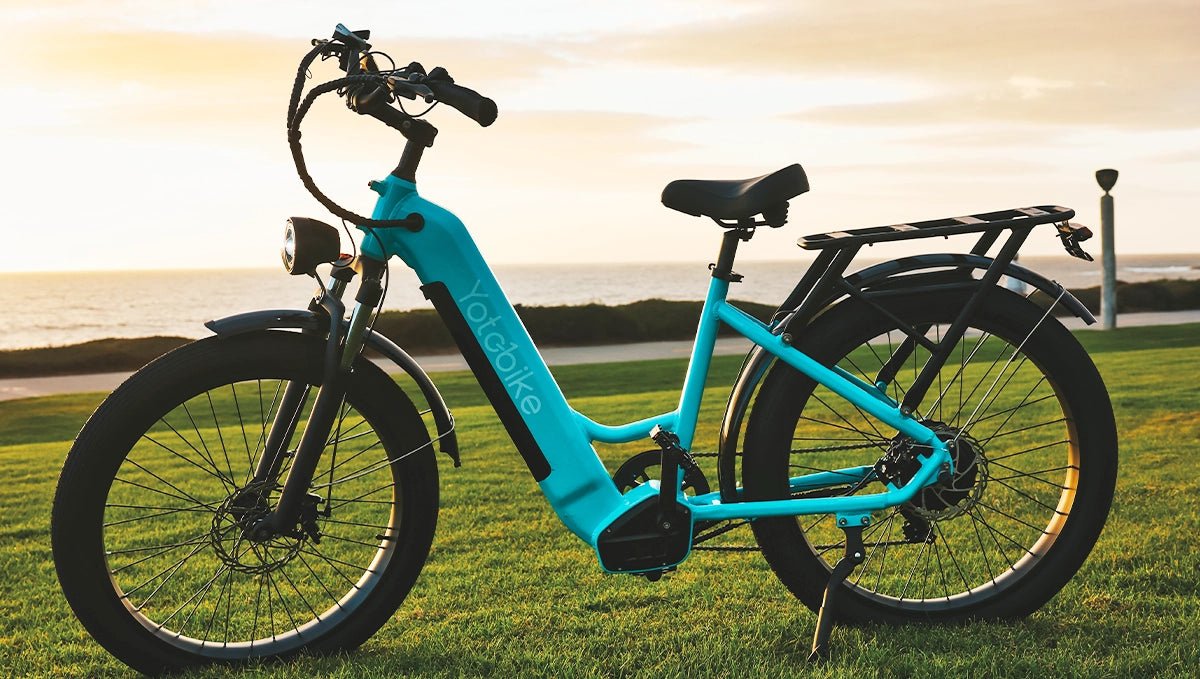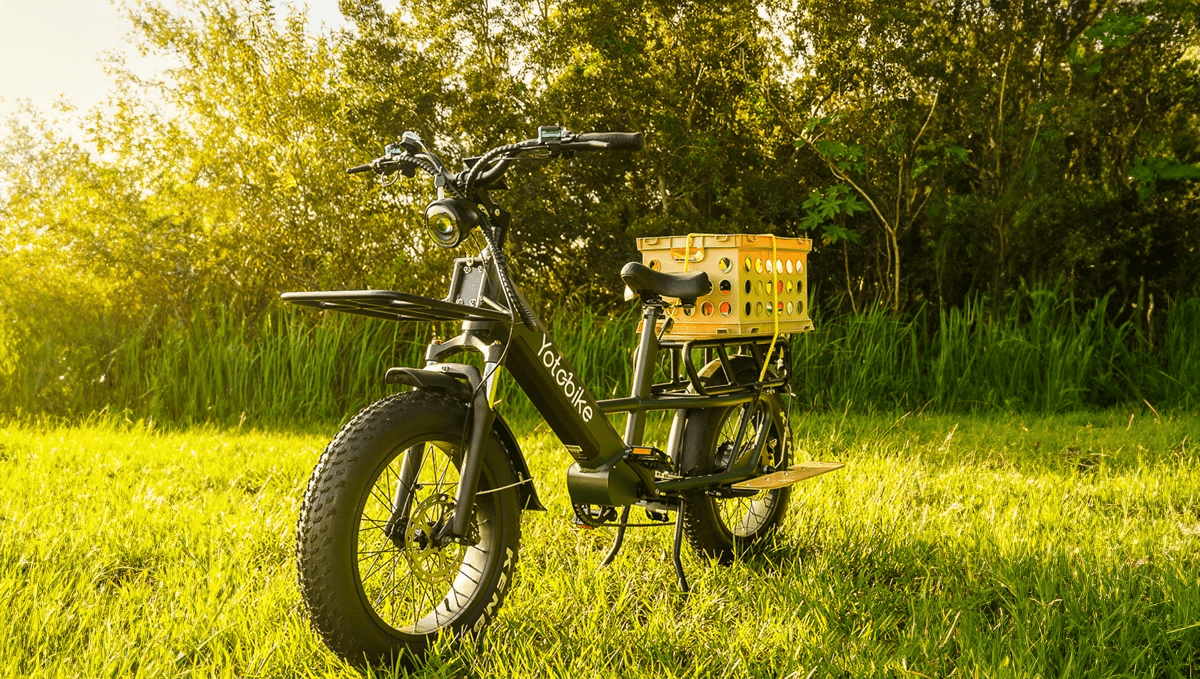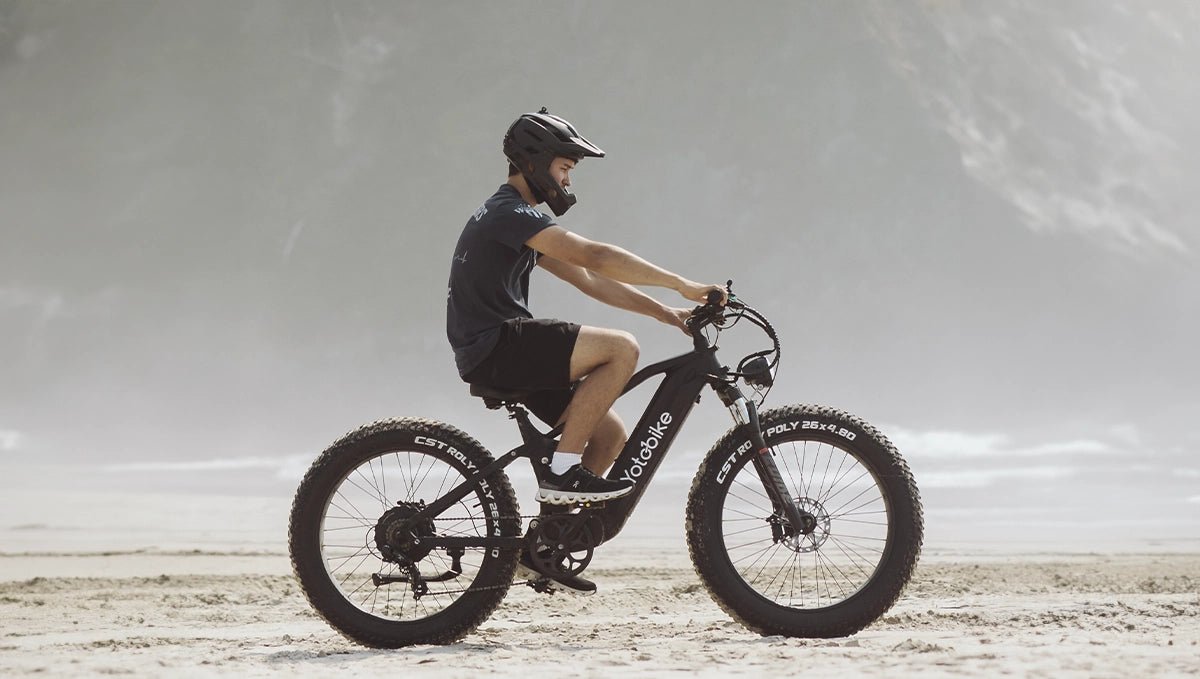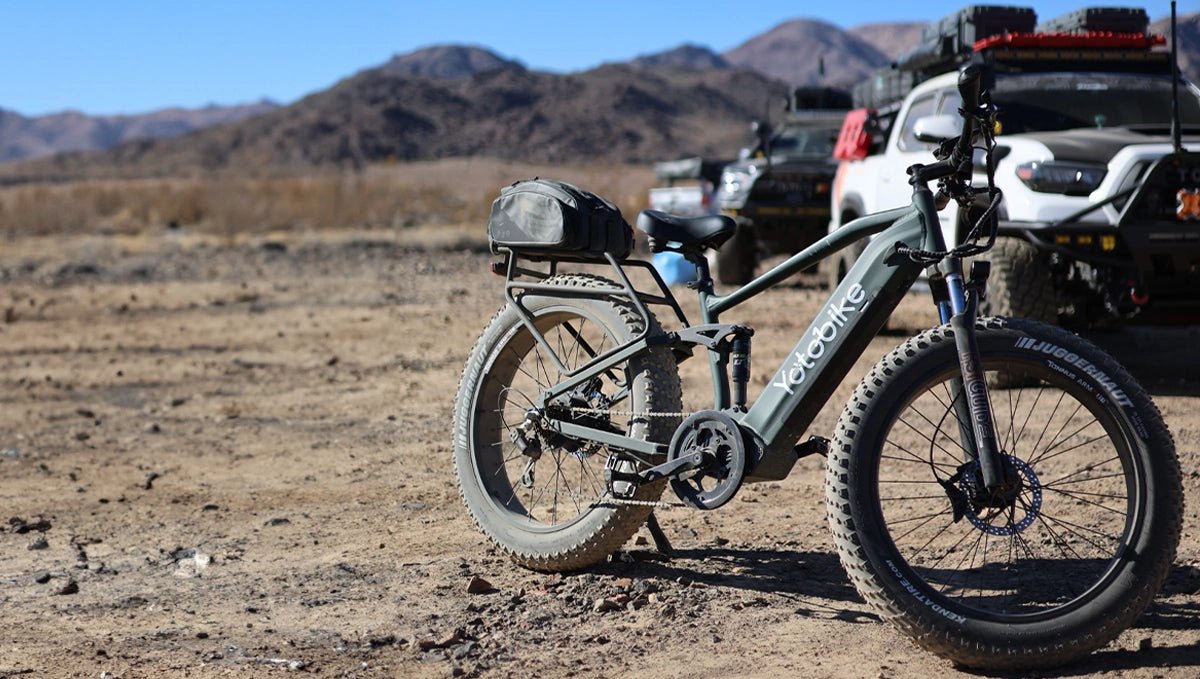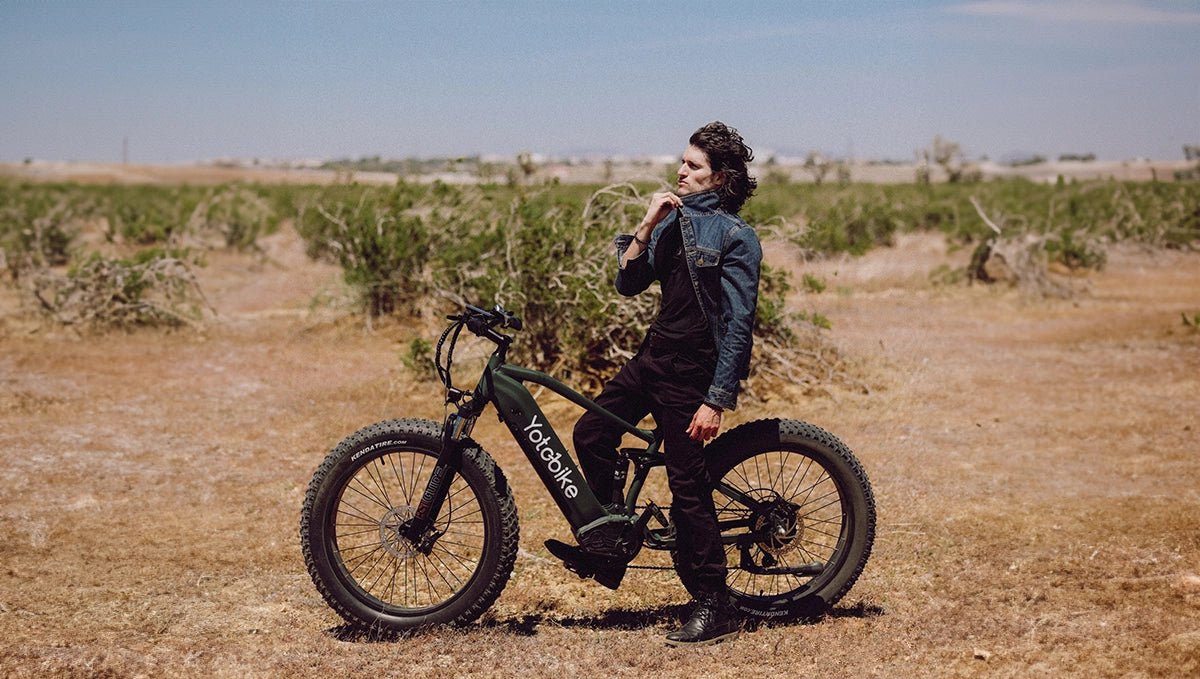
Electric bikes have sustainably revolutionized the way we commute and enjoy leisure rides. With their growing popularity, more and more people are eager to experience the thrill and convenience of riding an e-bike. If you're new to the world of electric bicycles, you’ve come to the right place, as this guide will walk you through the smart tips and tricks on how to ride an electric bike safely and confidently.
 Understanding Pedal Assist System (PAS)
Understanding Pedal Assist System (PAS)
Before learning how to ride an ebike, it’s necessary to learn about the pedal assist system (PAS), which is a defining feature of electric bikes that sets them apart from traditional bicycles. PAS functions by activating an electric motor to help you pedal, making it easier to ride faster and conquer difficult terrain. It's crucial to note that the motor is intended to supplement your pedaling, not entirely replace it. PAS improves your riding experience by:
- Making riding more enjoyable and less strenuous
- Allowing you to travel further and maintain a higher average speed
- Providing a new sense of adventure and confidence to explore trails and cycleways you might not have considered before
To maximize the benefits of PAS, it's essential to understand how to use it in conjunction with your bike's mechanical gears. Shift to an appropriate gear for the terrain before increasing the level of pedal assist. This will help you conserve battery power and ensure a smooth, efficient ride.
Know Your Brakes
Familiarize yourself with your e-bike's braking system. Most electric bikes are equipped with advanced disc brakes or hydraulic brakes, providing significantly better stopping power than traditional rim brakes. Take the time to practice braking in a safe environment to get a feel for the responsiveness and stopping distance of your e-bike's brakes.
Remember these tips when braking:
- Apply both brakes simultaneously for optimal stopping power
- Begin braking early and gradually, especially when approaching turns or obstacles
- Adjust your braking technique based on the terrain and weather conditions
Start Slowly
When you first start riding an e-bike, it's important to take things slowly and gradually become accustomed to the power and handling of the bike. Begin in a low pedal assist setting and practice starting, stopping, and turning in a safe, open area. As you gain confidence and familiarity with the e-bike, you can gradually increase the level of assistance and tackle more challenging terrain.
Tips for starting slowly:
- Choose a low-traffic area for your first few rides
- Start with a low pedal assist setting and work your way up
- Practice basic maneuvers, such as turning and stopping, before venturing out onto busier roads or trails
Be Extra Careful Around Cars
When riding an e-bike on roads shared with motor vehicles, exercise extra caution and follow traffic laws. Remember that drivers may not be accustomed to the speed and acceleration capabilities of e-bikes, so it's essential to ride carefully and make yourself visible.
Here are some tips for riding safely around cars:
- Wear bright, reflective clothing to highlight/increase your visibility
- Use hand signals when turning or stopping
- Maintain enough safe distance from parked cars to avoid suddenly opened doors
- Be aware of your surroundings and anticipate the actions of drivers
Shift Your E-Bike to a Lower Gear Before Parking
One common mistake made by e-bike riders is leaving their bike in a high gear when coming to a stop. This can make it difficult to start pedaling again, requiring more effort and battery power. To avoid this, it's recommended to shift your e-bike into a lower gear (such as second or third gear) before coming to a stop. So it will be easier to accelerate and get moving again when you're ready to continue your ride.
Maximizing Battery Life
To fully benefit from your electric bike, it's crucial to learn how to maximize the lifespan of your battery. Adhering to proper battery care and usage habits can prolong the number of charge cycles before its capacity reduces.
Follow these essential tips to maximize your battery life:
- Charge your battery regularly, following the manufacturer's instructions
- Avoid letting your e-bike's battery drain completely before recharging
- Use gears and pedal assist strategically to conserve battery power
- Store your e-bike's battery in a cool, dry place, avoiding extreme temperatures
Conclusion
To cap it off, hopping on electric bikes is not just fun but also great for the environment. For a safe and pleasurable trip experience, it is important to know how to ride an electric bike. This entails getting the hang of the pedal assist feature, knowing your brakes inside out, starting off at a gentle pace, being especially vigilant near vehicles, and downshifting before parking. Keep in mind that perfection comes with practice. So, continue at your own pace, follow these guidelines, and before you know it, you'll be riding your electric bike like a pro!
FAQ
What basics do I need to know to ride an ebike?
To ride an electric bike, you should be comfortable riding a regular bicycle. Familiarize yourself with the e-bike's controls, including the pedal assist levels and throttle if equipped. Start in a low assist setting to get a feel for the bike's power. Be aware that e-bikes are heavier than traditional bikes due to the battery and motor. Follow the same traffic laws and safety guidelines as you would on a standard bicycle, such as wearing a helmet, using hand signals, and riding predictably. Ebikes can go faster than regular bikes, so exercise caution and control your speed, especially around pedestrians and other cyclists.
How to use the brake system of an electric bike?
Electric bikes typically have brake levers on the handlebars, similar to traditional bicycles. To slow down or stop, firmly squeeze the brake levers gradually to engage the brakes. Most e-bikes have disc brakes, which provide strong and reliable stopping power. The right brake lever usually controls the front brake, while the left lever commands the rear brake. When braking, it's best to use both brakes simultaneously, applying gentle pressure to the levers to avoid locking up the wheels. Keep in mind that e-bikes carry more momentum due to their weight and speed, so allow extra distance for stopping compared to a regular bicycle.
